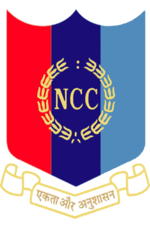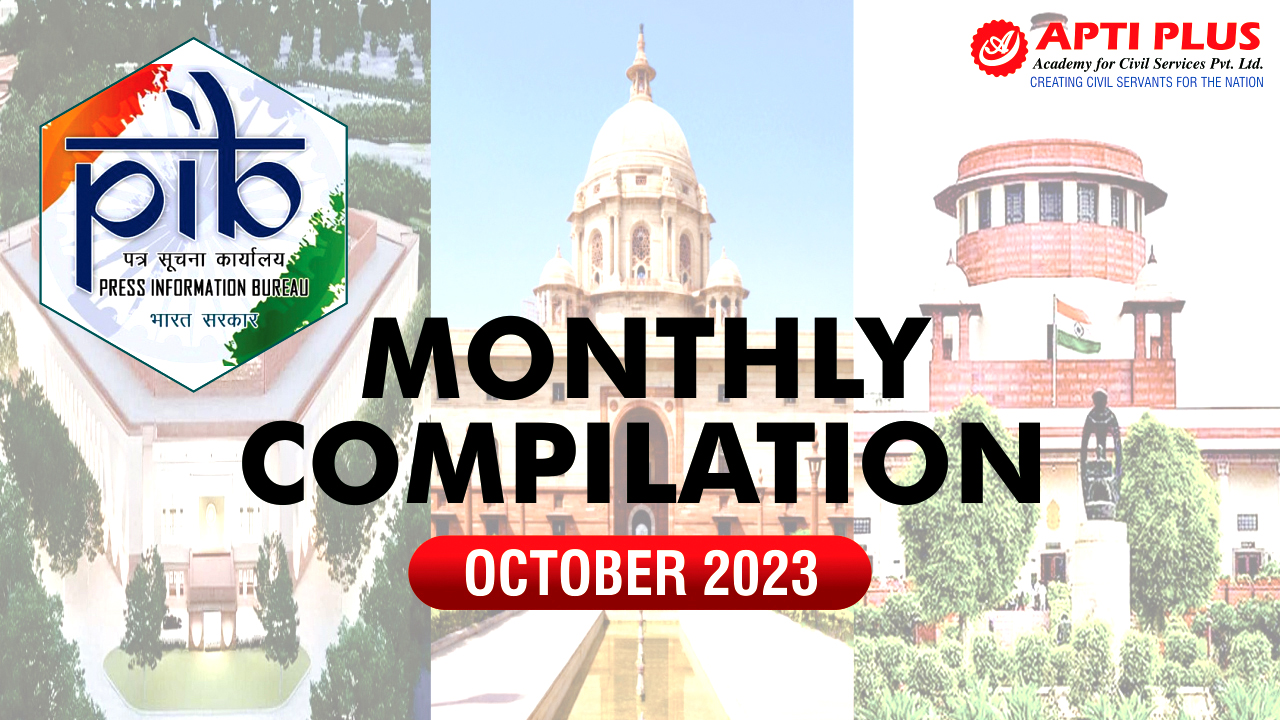Description

Disclaimer: Copyright infringement not intended.
Context
- National Cadet Corps (NCC), the largest uniformed youth organisation in the world raised in 1948, celebrated its 75th Anniversary on November 26.
Details
- The National Cadet Corps (NCC) in India serves as the youth wing of the Armed Forces, composed of the Army, Navy, and Air Force divisions.
- It allows school and college students to join voluntarily, providing basic military training and fostering qualities like discipline and leadership.
History
- The roots of the NCC can be traced back to the 'University Corps' established under the Indian Defence Act 1917 and later replaced by the University Training Corps (UTC) in 1920.
- The 'Indianization' of the armed forces led to the establishment of the University Officers Training Corps (UOTC) in 1942.
- The NCC, as known today, was formally raised on the last Sunday of November 1948 by the first Prime Minister of India, Pandit Jawaharlal Nehru.
- It underwent several changes, including the addition of the Air Wing in 1950 and the Naval Wing in 1952.
- Following the 1962 Sino-Indian War, NCC training became compulsory but was later made voluntary in 1968.
- During the Indo-Pakistani wars of 1965 and 1971, NCC cadets played significant roles as the second line of defense, aiding in various war-related activities.
- The NCC syllabus was revised post-1965 and 1971 wars, focusing more on leadership qualities, officer-like attributes, and social service.

Motto and Aim
- The motto "Unity and Discipline" was finalized for the NCC in 1980, reflecting its goal of molding disciplined and united citizens.
- NCC aims to be a cohesive force, uniting youth from diverse backgrounds and shaping them into responsible citizens.
Organizational Structure
- Directorate: There are 17 Directorates across state capitals, each led by an officer of the rank of a Major General from the three services.
- Division / Regimental Corps: Three specialized corps are independent of state directorates and report to HQ, headed by a Senior Officer of the rank of Lt. General.
- Group: Directorates have up to 14 Group Headquarters, headed by a Brigadier or equivalent, to manage and control the organization within the state.
- Battalion and Company: Groups control several units (Battalions), each consisting of companies led by Associate NCC Officers.
Key Points
- The NCC is led by a Director General (DG), supported by Additional Director Generals (A and B) and Brigadier level officers.
- The HQ is in Delhi, overseeing various levels of command across the country.
- There are specialized divisions for Army, Navy, and Air Force wings, and the organization provides honorary ranks to Vice Chancellors of universities to support NCC initiatives.
Training Establishments
- There are training establishments like Officers Training School in Kamptee (Nagpur, Maharashtra) and Women Officers Training School in Gwalior, dedicated to NCC training.

Conclusion
The NCC stands as a significant youth organization in India, contributing to character-building, leadership development, and fostering a sense of responsibility among young citizens while promoting unity and discipline.
|
PRACTICE QUESTION
Q. Which among the following is NOT true regarding the history and evolution of the National Cadet Corps (NCC)?
A. The NCC originated from the University Officers Training Corps (UOTC) established in 1942.
B. It underwent changes, including the addition of the Air Wing in 1950 and the Naval Wing in 1952.
C. The NCC's training was made compulsory following the Indo-Pakistani War of 1971.
D. The motto "Unity and Discipline" was finalized for the NCC in 1980.
Answer: C
|
















